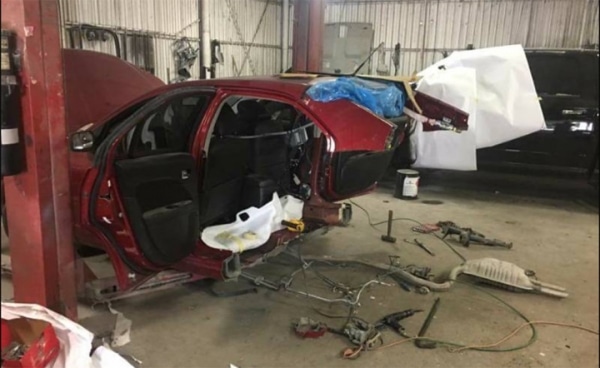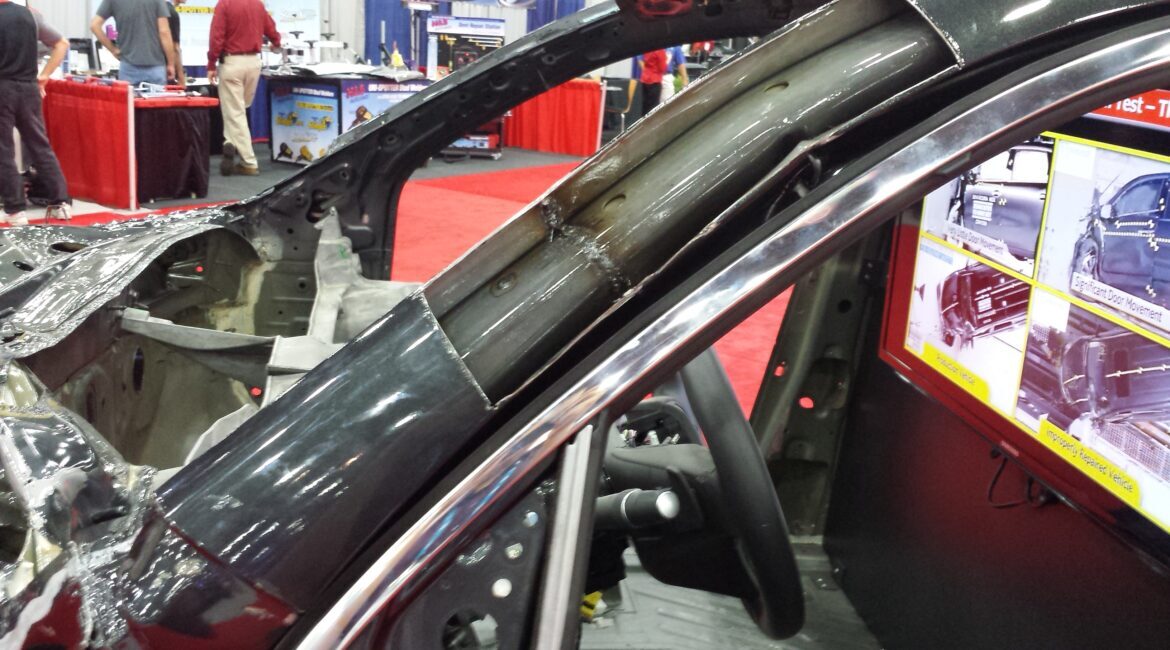Years ago there was a common repair practice called “sectioning” that technicians would often use because it saved time and money compared to completely replacing the damaged parts or re-straightening.
Sectioning was often done on vehicles with massive damage to large areas of the car. Technicians would then take this damaged portion of the car, cut it out, and weld in a section from some junkyard vehicle that didn’t have any damage to that area.
This was a completely suitable practice until vehicles started being manufactured with high strength steel around the early 2000’s. The high strength steel in modern cars no longer means sectioning or “clipping” is safe practice and it puts your life at risk. Unfortunately many body shops still use this technique which is alarming.
Here at Cherry Hill Collision, we always prioritize the safety of our customers and we see vehicles come to us with previous repairs using sectioning. No car can ever be repaired the same way as the next because each accident affects different areas and every car, make and model are different. It’s not possible to do the same cookie cutter repair, nor is it safe.

So why do some shops still practice sectioning and other “cookie cutter” repairs? The answer: time. Repair shops are often under time constraints and look to save money and cut corners to get a car in and out of their shop quicker. Faster turnover means more cars in and out which means more income.
The issue is, the technicians in these shops do not take the extra, and needed, time to look up the proper repair procedures laid out by the manufacturer for your exact car. These are known as OEM repairs.
What Is Full-Body Sectioning?
According to I-CAR, “full-body sectioning, often referred to as clipping, is the process of joining large assemblies cut from separate vehicles. This involves cutting through multiple panel layers in a combination of A-, B-, C-, and D-pillars, the quarter panels, the rocker panels, and across the floor plan.”
To help explain that better, full-body sectioning or clipping is when large parts are removed from different vehicles and joined together on a single car in order the “repair” the affected areas. It’s required for these parts to be welded on to your car to finish the repair which can be problematic when dealing with varying metals and steel.
Why Full-Body Sectioning Should Never Be Done
We talked about OEM repair and that it’s the manufacturers way to outline safe repairs on each specific make and model. There are no OEM, or manufacturer guidelines, that support sectioning on vehicles no matter how large or small the repair is. It is “not a safe or viable repair option and should not be done, under any circumstances,” according to I-CAR.
Take a look at the following photos of what full-body sectioning/clipping looks like on a car:


Cars have been made with a combination of aluminum, carbon fiber, high- and ultra-high-strength steels for over a decade now. These metal combinations are the skeleton and structural integrity of your car. These structures are designed with the highest level of safety to protect you and your passengers. If outside materials are used instead (like in the form of clipping) it will compromise the framework that protects you.
Take for example a car that needs to have the doors and front bumper replaced, to maintain the structural safety, you would only want the same manufactured doors and bumpers. Full-body sectioning would use doors and a bumper from a scrap car instead that may not even be the same manufacturer on this repair. In fact, several manufacturers have published warnings against full-body sectioning repairs. You might as well just call them Frankenstein repairs for your vehicle.
What Does This Means For New Jersey Car Owners?
Here at Cherry Hill Collision we know how important it is to safely repair a vehicle and would never use sectioning as part of our repair process. We always look at manufacturer guidelines and stay up to date on modern techniques. We hope this helps you feel 100 percent sure you have received the most correct and safe repair.
If you’d like to schedule an appointment or to get an online quote, click any of the buttons below! Or, feel free to give us a call at (856) 663-0500. We look forward to hearing from you!


